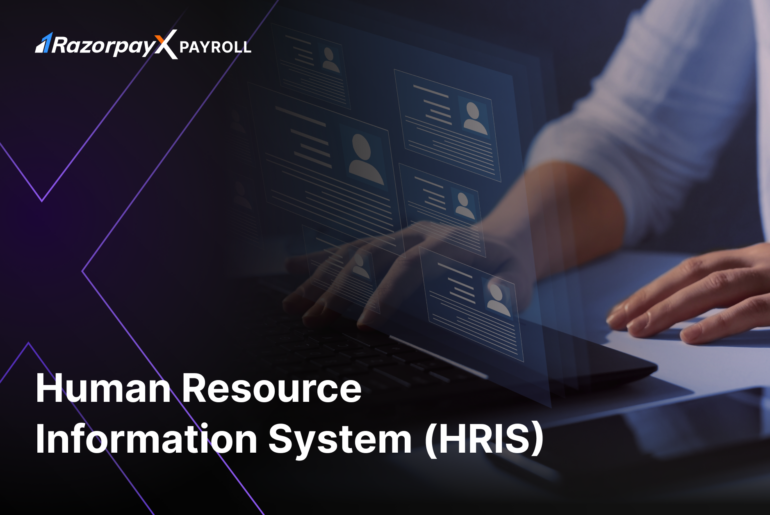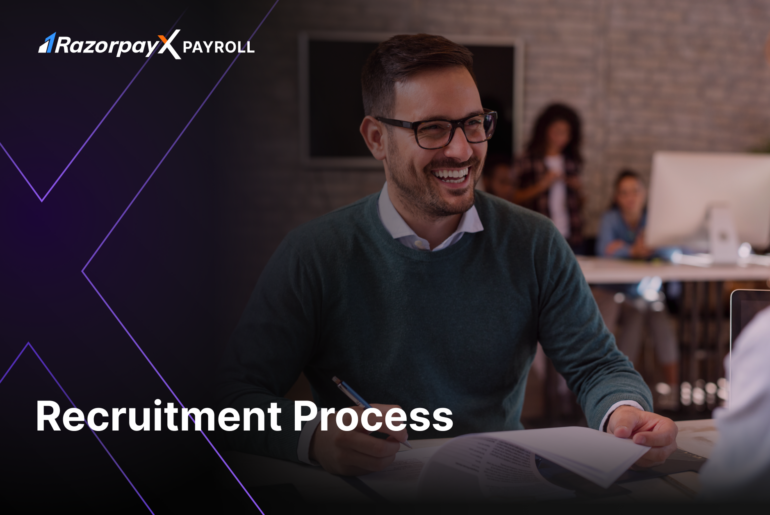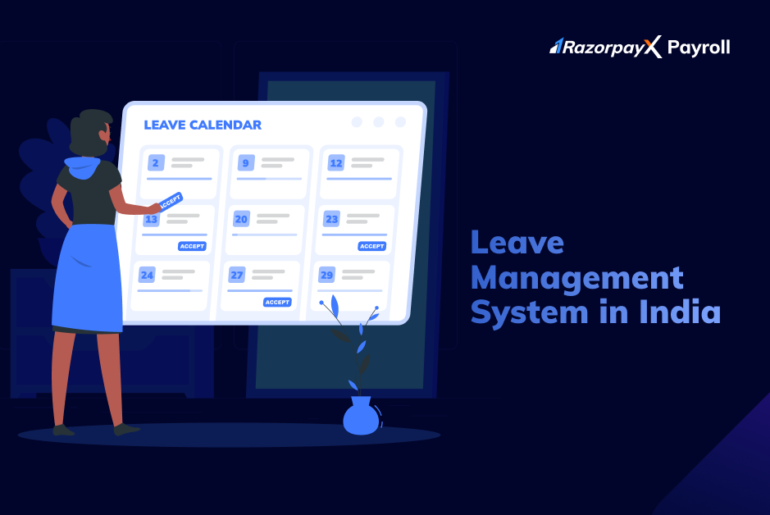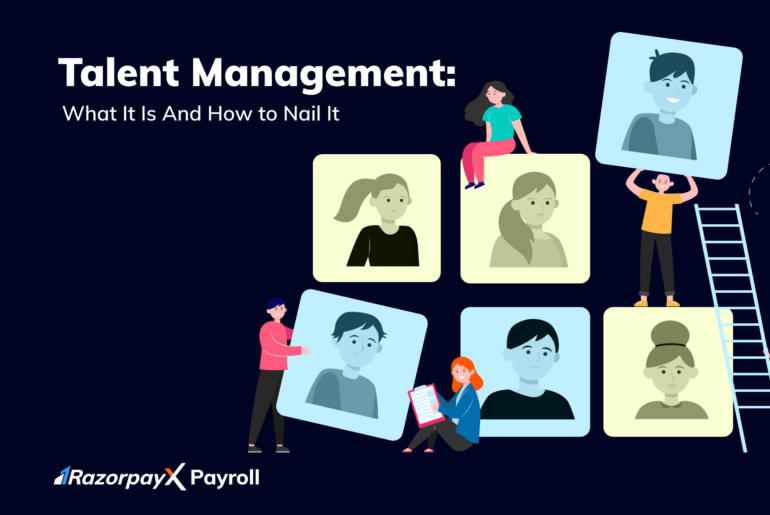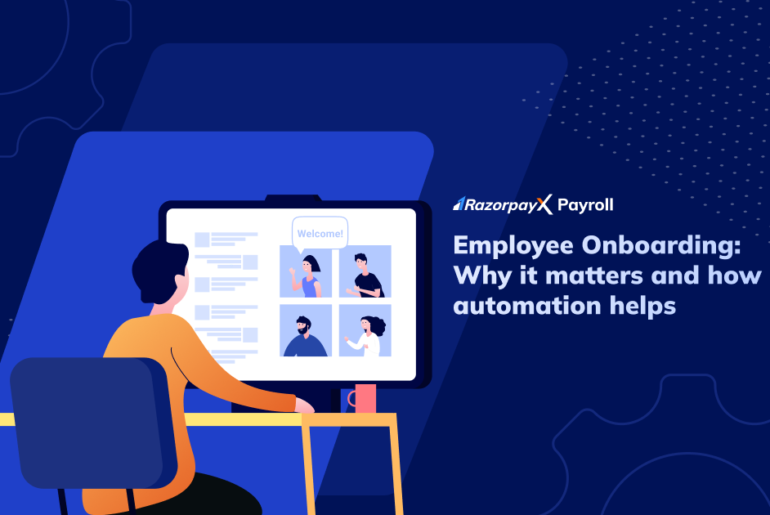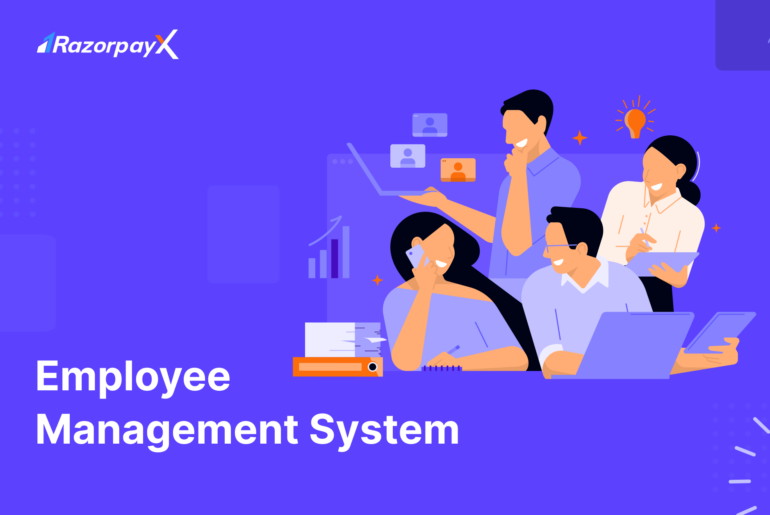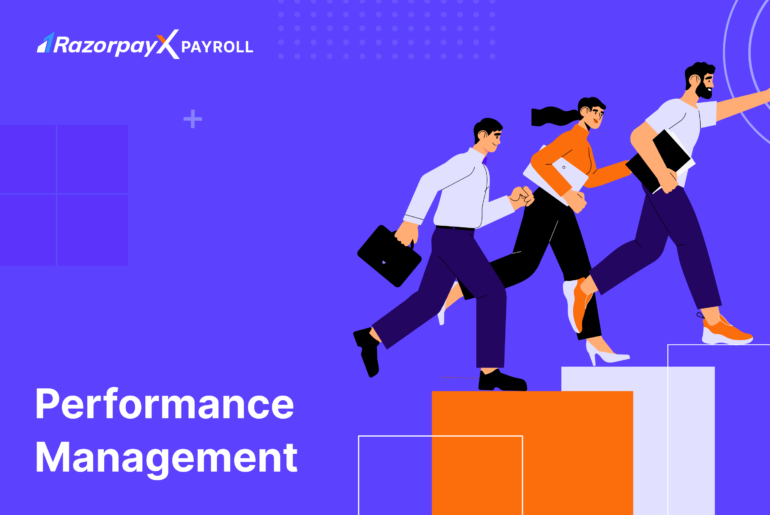A Human Resource Information System (HRIS) is a software solution designed to automate and manage various HR tasks and processes. Read all about HRIS in this blog post.
HRA or house rent allowance is an integral part of employee salary and helps employees to avail tax benefits. This article discusses HRA calculation with an example.
The recruitment process is not just about filling job vacancies, it’s about finding the right talent to drive your organisation’s success. Read this crisp blog post to know all about it.
A leave management system helps in recording, managing, and tracking employees’ time-off requests. In this blog post, we’ll cover everything about the leave management system in India.
An effective talent management strategy attracts and retains top talent and ensures that even current employees develop their skills. Read here how to build one.
Employee onboarding is the process of introducing and orienting the new employees with your company’s work culture and processes.
An employee management system, also known as EMS, is software designed to assist the HR department in managing and monitoring employee-related tasks and information.
Variable pay is usually paid in the form of incentive pay, bonus, or commission. It is determined based on two main factors – the employee’s performance and the company’s overall performance.
Employee lifecycle refers to the various stages an employee goes through during their tenure with a company such as recruitment, onboarding, development, retention, and separation.
Performance management involves creating a systematic process for employees to meet their goals and objectives while simultaneously aligning with the organization’s overall mission & vision.

